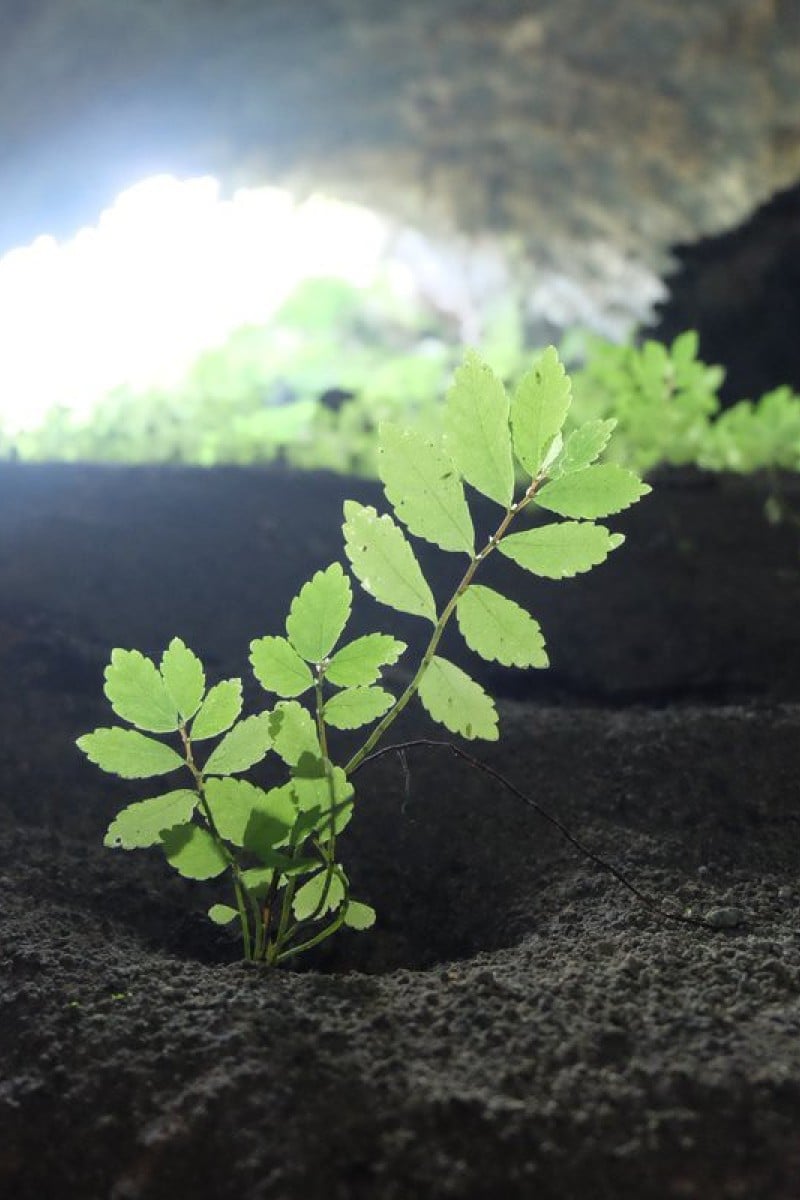
More than 400 types of flora and fauna have been discovered by a research team in caves in the southern regions of China
 Most of the unique plants were found near the entrances of the caves.
Most of the unique plants were found near the entrances of the caves.At first glance, a cave doesn’t seem the likeliest home for exotic and beautiful flora. It’s dark, damp and dingy, more likely to host some moss (at most) than bristly bushes.
It turns out, though, that China’s caverns play host to a stunning variety of plants, including some found nowhere else in the world. That’s according to a new paper published in the scientific journal Plos One.
“That first visit transported me to another world, an eerie moonscape in which plants thrived in powdery ‘soil’ and perpetual twilight,” describes one researcher.
Over five years, researchers visited more than 60 caves in the southern Guangxi, Guizhou and Yunnan regions of China. They targeted some of the country’s least-explored areas. Their goal was to take note of every plant species they found in more detail than ever before.
By the end of their work, they had uncovered 418 types of flora and fauna in the caves, including 31 plants that exist nowhere else on the planet. Thirty-seven per cent of the species they found do not exist outside China. “Before we started we had no idea of the diversity of plants in caves, or that so many species are known only from caves,” wrote Alexander Monro, a biologist from the Kew Royal Botanic Gardens in Britain who led the study.
The researchers say most of the native plants were found near the entryways of the caves, what the researchers called “twilight zones.” That piece of evidence has generated an unusual theory: that many of the plants once lived outside the caves, too, but were wiped out by deforestation.
Large areas of Chinese forests were wiped out in the 1950s through 1970s as part of the country’s rapid industrialisation and Mao Zedong’s Great Leap Forward (that aimed to change China from a farming society to a modern, industrial society in just five years). That has been linked to some of China’s biggest environmental challenges, including poor air quality and severe erosion (wearing away).
More recently, the country has been working to address this issue. Between 2000 and 2010, China’s forest cover grew by 119,000 square kilometres, thanks in large part to a significant crackdown on illegal mining. (Unfortunately, China’s commitment to preserve and grow its own forests has resulted in massive deforestation elsewhere.)
Destruction of the world’s forests accounts for about 10 per cent of global greenhouse-gas emissions, researchers say. As InsideClimate News, a non-profit news organisation that specialises in environmental news, explains: “Forests are potent carbon sponges, so ending the burning and razing of trees and allowing the damaged forests to recover could deliver as much as 40 per cent of the emissions cuts needed to keep warming within 2 degrees Celsius.”